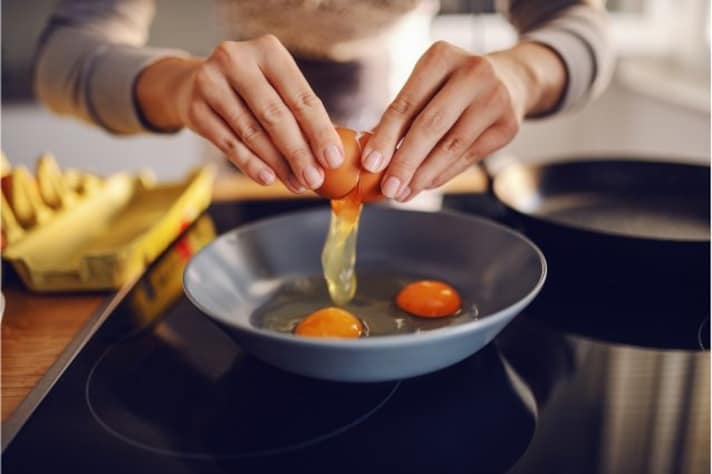How to Crack Eggs Properly: Mastering the Art of Egg Cracking
To properly crack an egg, the best method is using a flat surface like a countertop for a clean break, which minimizes the risk of shell fragments and yolk breakage. This technique is preferred over the edge-cracking method, as it also reduces bacterial contamination risks. Mastering this simple yet effective approach ensures a mess-free and safer cooking experience.

Cracking eggs is a fundamental skill in cooking and baking, yet it's often done hastily, leading to a messy kitchen and unwanted shell fragments in your dish. Many of us instinctively tap the egg on the rim of a bowl or a pan, but this method has its drawbacks. It's not necessarily wrong, but it's certainly not the best way to handle this delicate task. The secret to perfect egg cracking lies in a technique that minimizes mess and ensures the purity of your egg.
Flat Surface Technique
The most recommended way to crack an egg is by using a flat surface like a countertop. This method involves giving the egg a firm, confident tap against the flat surface. This approach lessens the likelihood of shattering the eggshell into multiple pieces. It also decreases the chances of shell fragments entering the egg and reduces the risk of bacterial contamination from the shell.
After tapping, use your thumbs to gently press into the crack and carefully pull the egg apart over a bowl or pan. This technique allows for a cleaner break and minimizes the risk of breaking the yolk.

Edge Cracking
If you prefer using an edge, such as the rim of a bowl, it’s essential to do it gently. Lightly tap the egg on the edge and ensure the shell doesn’t push into the egg. This method requires a bit more finesse to prevent shell fragments from getting into the egg.
Before cracking, you can test an egg's freshness in water. Fresh eggs will sink, while older ones float. Additionally, room temperature eggs are often easier to crack properly than cold ones straight from the fridge. So, remember to take your eggs out of the fridge and let them get tepid before cracking them; if you want, you can also keep them outside the fridge.
;Resize,width=767;)
;Resize,width=712;)


